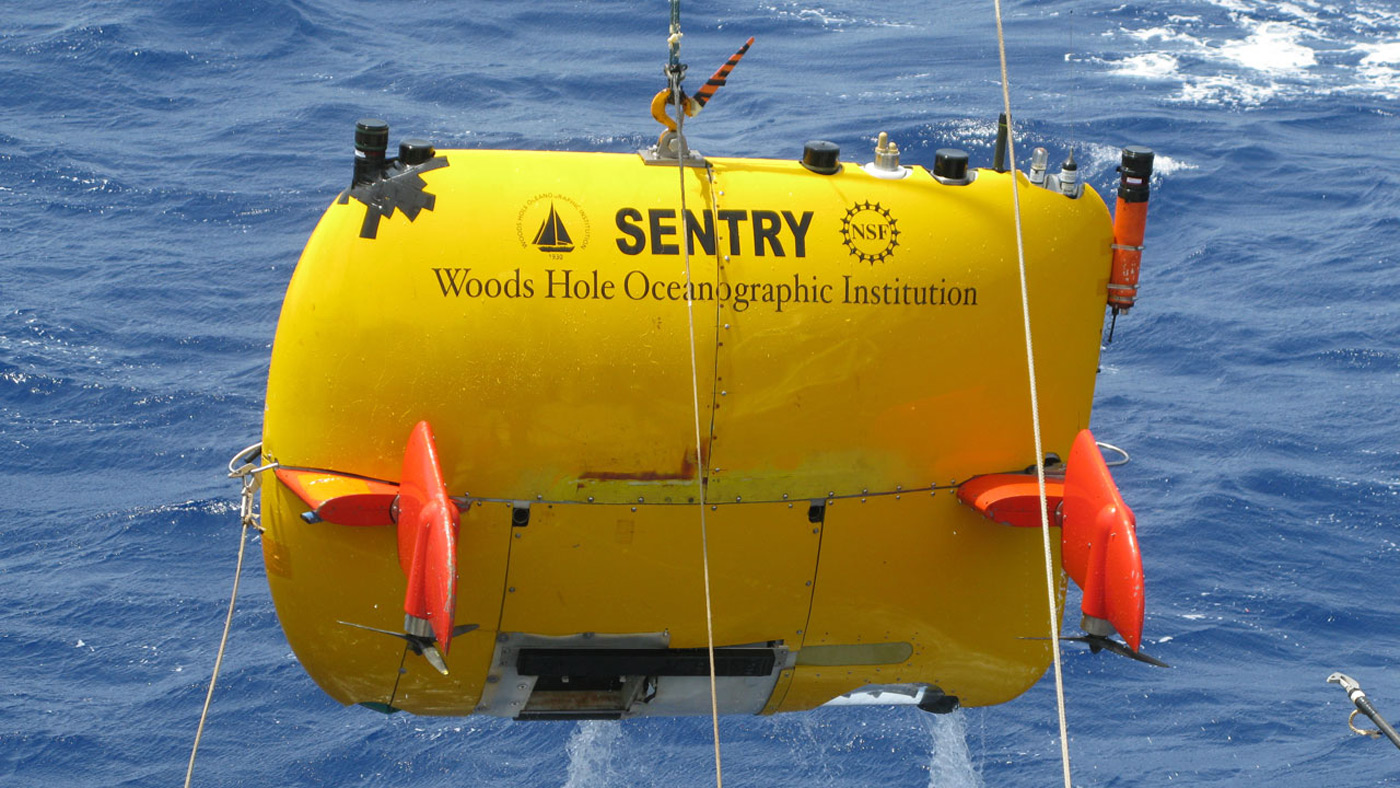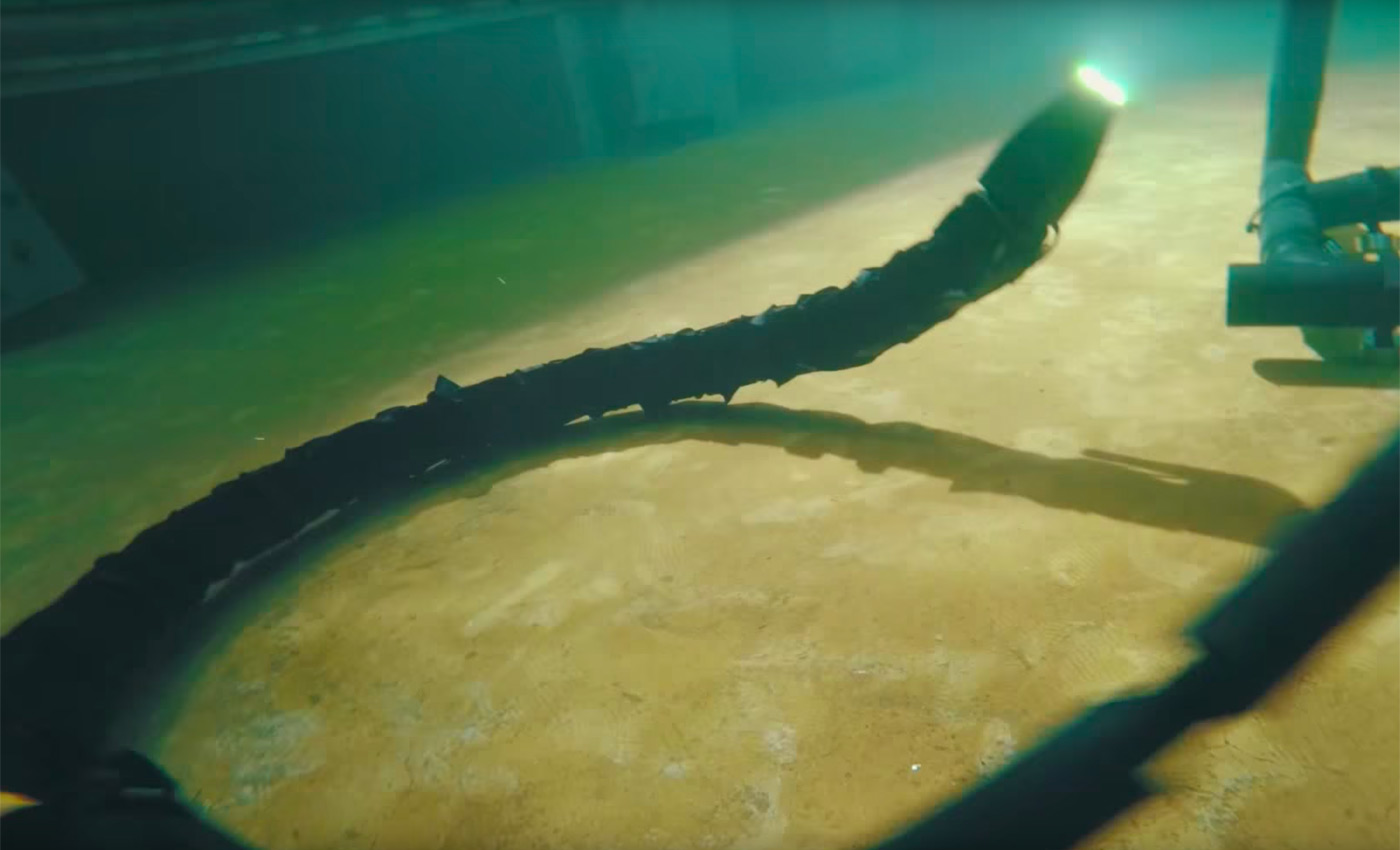
An underwater fiber cable linking Cuba and Venezuela has given the island a hard connection to the internet since 2011, but reports have said that only government bodies from both countries have used the line. According to internet and network analysis firm Renesys, the cable lit up with activity last week with data flowing through it between Telefonica and the nation's state telecom company, Empresa de Telecomunicaciones de Cuba S.A. (ETECSA). Presumably, this could signal use by the average joe. Traceroutes into Cuba through the new Telefonica path show markedly lower latencies than the Caribbean country's existing satellite-reliant connections, hinting that the cable has been flipped on -- at least in one direction. It appears that the ETECSA is using the line for inbound data while leaning on satellites for outbound traffic.
Despite the clues, a GlobalPost correspondent in Cuba says there has been no perceptible improvement in internet speeds as of yet. Castro and Co. may not have said a peep about the development, but the new Telefonica path surfaced the very same day Cuba nixed the requirement of exit visas for citizens to travel outside its borders. Hit the source link for network stats and the nitty gritty details.
[Image credit: Phil Guest, Flickr]
Filed under: Internet
Comments
Via: Ubergizmo
Source: Renesys
 Robots just helped shed light on a maritime tragedy. The US Coast Guard, National Transportation Safety Board and Woods Hole Oceanographic have used both an autonomous underwater vehicle (AUV) and a fiber-controlled craft to find the voyage data rec...
Robots just helped shed light on a maritime tragedy. The US Coast Guard, National Transportation Safety Board and Woods Hole Oceanographic have used both an autonomous underwater vehicle (AUV) and a fiber-controlled craft to find the voyage data rec...
 Robots just helped shed light on a maritime tragedy. The US Coast Guard, National Transportation Safety Board and Woods Hole Oceanographic have used both an autonomous underwater vehicle (AUV) and a fiber-controlled craft to find the voyage data rec...
Robots just helped shed light on a maritime tragedy. The US Coast Guard, National Transportation Safety Board and Woods Hole Oceanographic have used both an autonomous underwater vehicle (AUV) and a fiber-controlled craft to find the voyage data rec...
 Don't be shocked if you see a mechanical snake swimming around undersea equipment in the near future... it (probably) isn't there to kill you. Eelume, Kongsberg Maritime and Statoil are building a robotic snake worker that will inspect (and occasion...
Don't be shocked if you see a mechanical snake swimming around undersea equipment in the near future... it (probably) isn't there to kill you. Eelume, Kongsberg Maritime and Statoil are building a robotic snake worker that will inspect (and occasion...
 Many military commanders will tell you that it's wise to cut the enemy's lines of communication. However, the US is concerned that Russia may take this advice one step too far. The New York Times understands that Russia is positioning submarines an...
Many military commanders will tell you that it's wise to cut the enemy's lines of communication. However, the US is concerned that Russia may take this advice one step too far. The New York Times understands that Russia is positioning submarines an...






